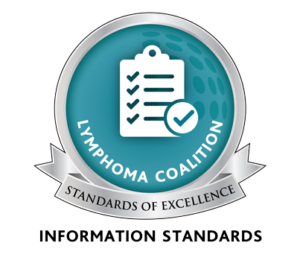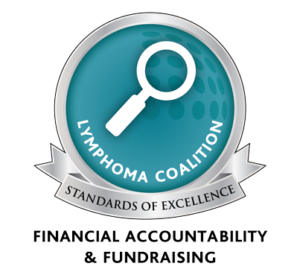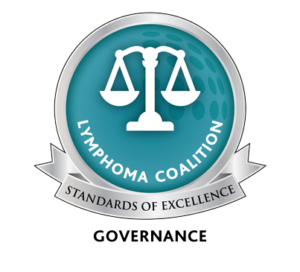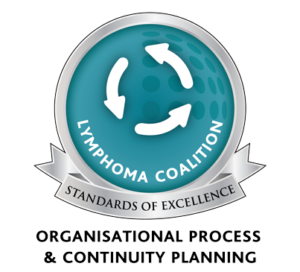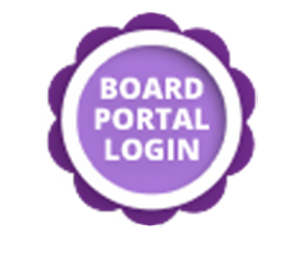Prescription Drug Coverage
Sorting out insurance coverage for prescription drugs can be confusing. You don’t have to worry about coverage for drugs used while you are an inpatient in the hospital or most chemotherapy drugs given intravenously in the chemotherapy clinic – they are paid for by the hospital. There are three main types of coverage for prescription medications used outside of the hospital: your provincial / territorial drug benefit plan, private insurance plans (such as that provided by many employers – almost 60% of Canadians have them), and for certain groups of people, such as military veterans, public servants, and the First Nations, federal drug plans.
Here are some important insurance terms that come up when you are exploring reimbursement of medications through your drug plan:
Open access private insurance plans generally cover most prescription drugs (except for stated restrictions). In contrast, a formulary or managed care plan covers only those medications that have been approved and listed (the list of drugs is referred to as the formulary). All provincial plans are formulary plans, as are many private insurance plans.
A copay or co-payment is the portion of the drug cost you have to pay. It may be a percentage of the total prescription cost or a fixed dollar amount per prescription.
A deductible is the amount you must pay (usually each year) before the insurance plan starts to cover your drug costs.
A cap is the maximum amount the insurer will pay for medications during a specified period. Plans may have a yearly or a lifetime cap. If you have been prescribed an expensive drug or have to take a drug for many years, find out what sort of cap your plan has.
For certain medications (usually more expensive ones), some provincial programs and private insurance plans require Special Authorization. This means your doctor must fill out certain forms or write a letter explaining why this particular drug is needed.
All provinces and territories have drug benefit programs for seniors, people on social assistance and other designated groups. Some provinces also have additional programs for people with catastrophic illnesses or for those who may not qualify for the regular provincial program. For example, in Ontario, people who don’t qualify for the regular drug plan (ODB), don’t have private insurance, or whose private insurance doesn’t cover 100% of their drug costs are eligible for the Trillium Drug Program.
Here are some suggestions that can help maximize your access to prescription drugs and hopefully minimize your out-of-pocket costs.
- Know your health insurance coverage – both government and private. You can have both.
- Coordinate the benefits of your different drug plans. If a portion of a drug cost is not paid for by one plan, apply it to another plan.
- As soon as you are diagnosed, ask what drugs you may need and check to see if your plan(s) covers them.
- If your employee health plan does not cover a certain drug, ask your company to make an exception in your case.
- Ask your employer to make an exception and waive the cap on your drug plan if your medication costs will exceed it.
- If the insurance company refuses you coverage of a medication, appeal their decision. Sometimes the problem is faulty paperwork. Sometimes insurance companies will change their decision if you/your doctor appeal and make a good case for using the drug.
- Some pharmaceutical companies have services that will help you search for coverage of specific drugs.
- Some private insurance plans require you pay up-front and then apply for reimbursement. If this is a problem (e.g. you need a very expensive drug), ask your insurance company to allow your pharmacy to send the bill directly to it.

